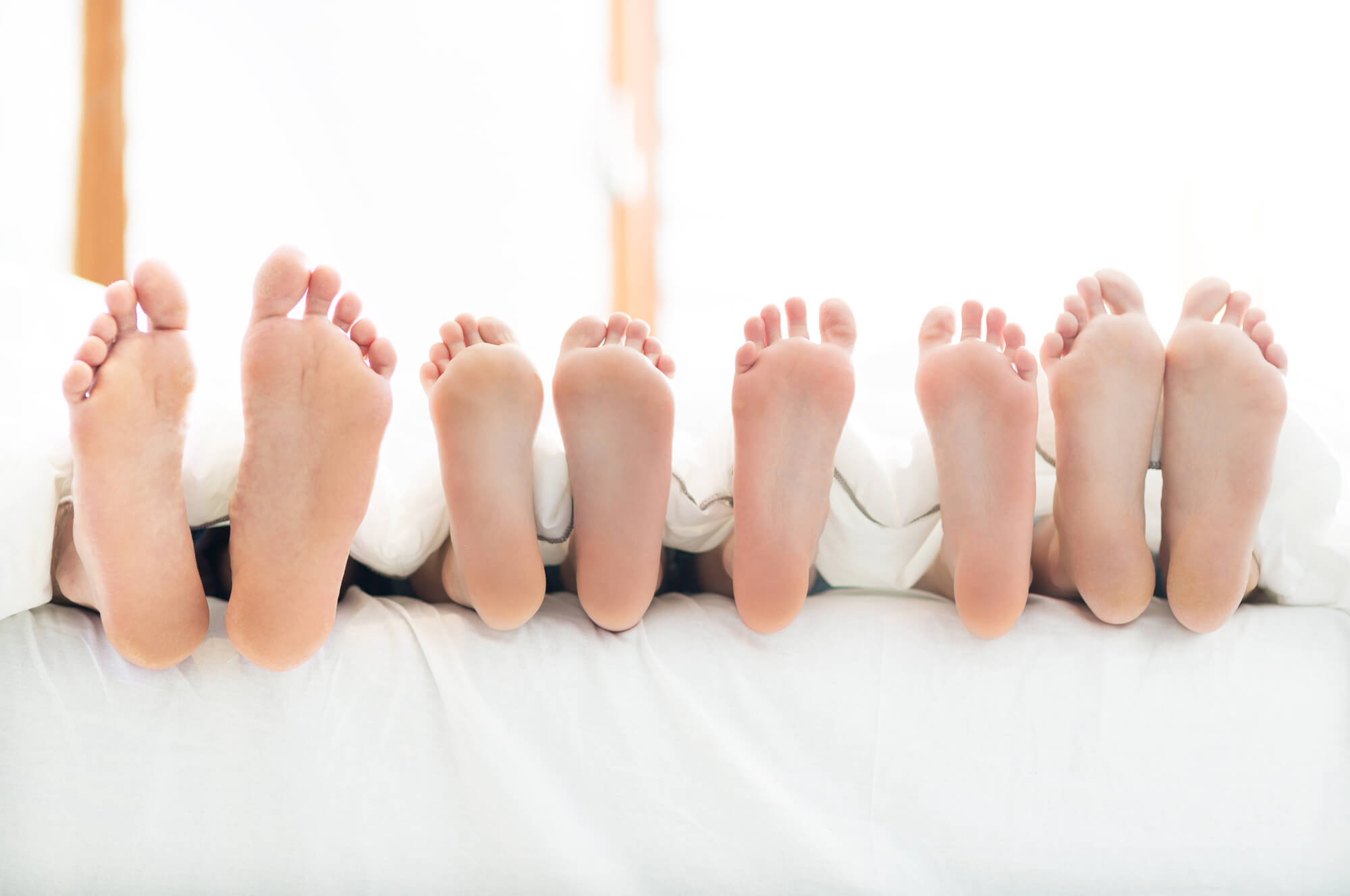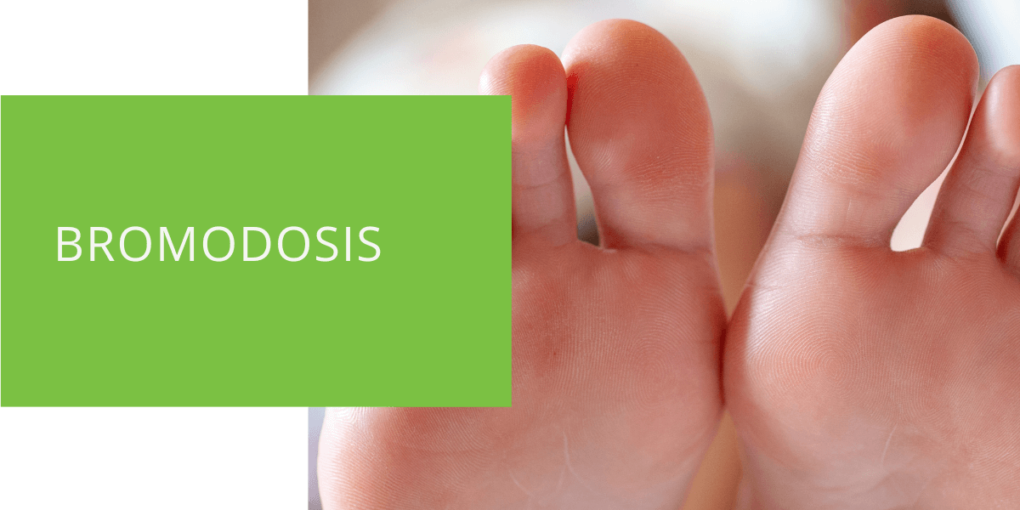Bromodosis: Causes, Symptoms & Treatment
Are you experiencing smelly feet that persist even after a good wash? It's time to learn about bromodosis and how to manage it. This article will discuss the causes, symptoms, and treatment options available to those dealing with this common condition.
What is Bromodosis?
Bromodosis, also known as foot odor, is a condition that occurs when sweat produced by the sweat glands on your feet mixes with bacteria on your skin, shoes, and socks. The bacteria produce a foul odor, causing your feet to smell unpleasant. Fungal infections of the toenail or foot can also contribute to the smell.
While anyone can experience bromodosis, some people are more prone to it than others. Factors that increase the risk of developing foot odor include wearing closed-toe shoes or socks that don't allow the feet to breathe, excessive sweating (hyperhidrosis), and poor foot hygiene.
Symptoms of Bromodosis
The primary symptom of bromodosis is the odor that emanates from the feet. It can vary in intensity from mild to pungent and affect one or both feet. Other symptoms accompanying foot odor include itching, redness, and skin peeling, which can be a sign of a fungal infection.

Prevention and Management of Bromodosis
The following measures can help prevent and manage bromodosis:
Good Foot Hygiene Habits
Good foot hygiene is essential in preventing and managing bromodosis. Wash your feet daily with warm water and soap. Dry them thoroughly, especially between your toes. Wearing clean socks and changing them daily can also help.
Use of Antiperspirants and Deodorants
Antiperspirants can help reduce sweating by blocking the sweat glands on your feet. Deodorants contain antimicrobial agents that can help control the odor by killing the bacteria that cause it. Foot sprays and powders are other options that can be used to keep feet dry and fresh. Look for products specifically formulated for feet and contain antibacterial and antifungal agents.
Proper Shoe Selection and Use
Shoes and socks can contribute to the development of foot odor. Choose shoes made of breathable materials that allow your feet to breathe. Avoid wearing the same pair of shoes two days in a row, and give your shoes time to air before wearing them again. Wearing clean, moisture-wicking socks can also help keep your feet dry and prevent the growth of bacteria.
When to Seek Professional Help
If your foot odor persists despite good hygiene and over-the-counter remedies, it's time to see a podiatrist. The podiatrist can assess your condition and recommend customized treatment plans, including medications, topical treatments, or even surgery if necessary.

Professional Treatment for Bromodosis
Assessment and diagnosis of bromodosis usually involve a physical examination and discussing your symptoms and medical history. If a fungal infection is suspected, a sample of skin or toenails may be taken for laboratory analysis.
The podiatrist will then recommend a customized treatment plan based on your condition's severity and underlying cause. This may include:
- Medications and Topical Treatments: Antifungal and antibacterial medications, including creams and gels, can be prescribed to help control the odor and prevent fungal infections.
- Surgical Options: In severe cases where other treatments have failed, surgical procedures may be recommended. These include the excision of sweat glands and the removal of toenails.
Living with Bromodosis
Bromodosis can be challenging to live with, both physically and emotionally. Foot odor can lead to embarrassment, social isolation, and low self-esteem, which can significantly impact your mental health and quality of life. Here's more information on how to cope with the psychological effects of bromodosis and manage the symptoms:
Psychological Effects of Bromodosis
Living with foot odor can be a lonely and isolating experience. People with bromodosis often feel ashamed and embarrassed about their condition and may avoid social situations, intimate relationships, and physical activities to avoid being judged or ridiculed.
If you're struggling with the psychological effects of bromodosis, consider talking to a mental health professional or joining a support group. A therapist can help you manage the negative thoughts and emotions associated with foot odor and develop coping strategies to improve your self-esteem and social skills.

Insoles and Orthotics for Bromodosis
Insoles and orthotics can help manage the symptoms of bromodosis by providing additional support, cushioning, and moisture-wicking properties to your feet. They can also help control excessive sweating and prevent the growth of bacteria and fungi that cause foot odor.
When choosing insoles or orthotics, it's important to consider the following factors:
- Material: Look for insoles made of breathable materials, such as cork, foam, or gel, that can absorb moisture and keep your feet dry. Avoid insoles made of synthetic materials that trap sweat and odor.
- Design: Look for insoles or orthotics that provide cushioning and support to your feet, especially in high-pressure areas such as the arch, heel, and foot. Look for insoles with an antimicrobial or antifungal layer to help prevent the growth of bacteria and fungi.
- Fit: Ensure the insoles or orthotics fit well in your shoes and don't slide around or bunch up. Consider getting custom-made orthotics if your feet require special support.
By using insoles or orthotics, you can keep your feet comfortable and dry, reducing the symptoms of bromodosis and preventing future odor problems.
Conclusion
Bromodosis is a common condition that affects many people. However, proper foot hygiene, appropriate products, and professional treatment can prevent and manage it. If you're experiencing persistent foot odor, don't hesitate to see a podiatrist for an evaluation. They can help determine the underlying cause of your condition and recommend the most effective treatment plan.
Following the tips in this article, you can keep your feet fresh and odor-free, improving your overall quality of life. Don't let bromodosis stop you from enjoying your daily activities and social interactions. Take control of your foot health today!

